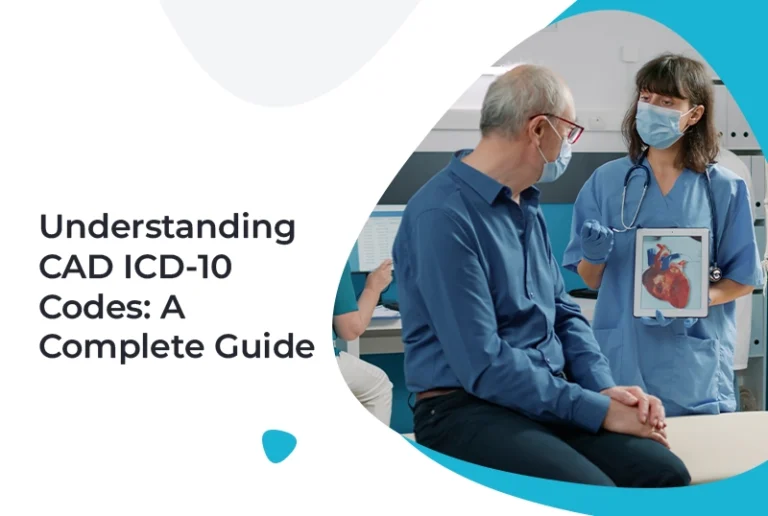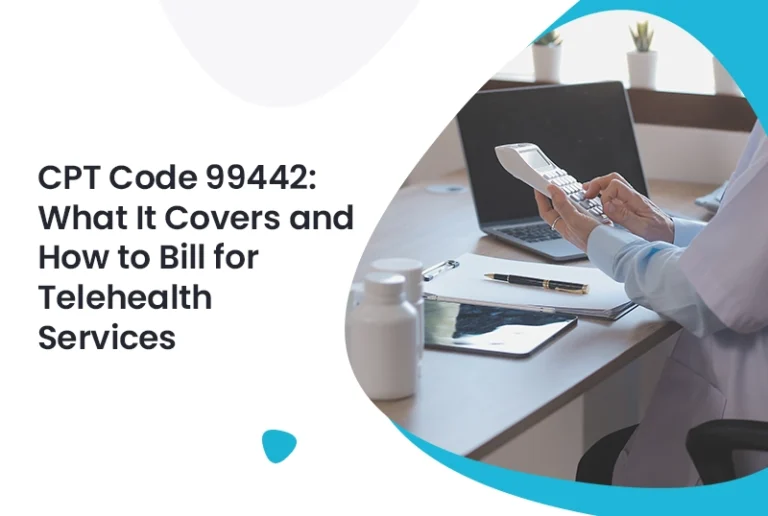If you’ve ever dealt with bronchospasm, you know how unpleasant it can be—tight chest, difficulty breathing, and that wheezy feeling like you just ran a marathon (without actually running). Now, imagine trying to code bronchospasm in ICD-10 while juggling insurance requirements and documentation rules. Sounds like a challenge, right?
Well, don’t worry! Whether you’re a medical coder, biller, or healthcare provider, we’ve got you covered. This guide will break down Bronchospasm ICD-10 coding, its importance, and how it ties into Medical Billing Services.
What Is Bronchospasm?
Before we jump into ICD-10 coding, let’s understand what bronchospasm is.
A bronchospasm occurs when the muscles around the airways suddenly tighten, making it difficult to breathe. It’s often triggered by conditions like asthma, allergies, infections, or even stress. Common symptoms include:
- Wheezing
- Shortness of breath
- Chest tightness
- Coughing
In medical billing and coding, accurately documenting bronchospasm ICD-10 codes is essential for proper reimbursement and avoiding claim denials.
ICD-10 Code for Bronchospasm
The ICD-10 code for bronchospasm is J98.01 – “Acute Bronchospasm.”
This code is used when bronchospasm is documented as an acute condition but is not classified under asthma or chronic obstructive pulmonary disease (COPD). If the bronchospasm is linked to an underlying respiratory condition, additional codes may be needed.
When to Use J98.01?
- If the provider specifically diagnoses acute bronchospasm
- If the bronchospasm is not directly linked to asthma or COPD
- When no other specific cause is identified
Common Conditions Associated with Bronchospasm
Since bronchospasm is often a symptom rather than a standalone condition, it’s important to check for underlying causes. Some commonly associated conditions include:
- Asthma (J45.909 – Unspecified asthma, uncomplicated)
- Exercise-Induced Bronchospasm (J45.990)
- Chronic Bronchitis (J42 – Unspecified chronic bronchitis)
- COPD (J44.9 – Chronic obstructive pulmonary disease, unspecified)
- Anaphylaxis-induced bronchospasm (T78.2XXA – Anaphylactic reaction, initial encounter)
Proper ICD-10 coding ensures accurate billing, which directly impacts medical billing and coding accuracy, and claims approvals.
Coding Tips for Bronchospasm ICD-10
Now that we have the correct ICD-10 code, here are some coding best practices:
1. Always Document the Underlying Condition
If bronchospasm is part of another diagnosis, use J98.01 as a secondary code rather than a primary diagnosis.
2. Be Specific in Clinical Documentation
Detailed physician documentation is key! If the bronchospasm is caused by allergies, infections, or anaphylaxis, always link it to the correct ICD-10 code.
3. Use Combination Codes When Needed
For example, if a patient has asthma with bronchospasm, a more appropriate ICD-10 code might be J45.909 instead of J98.01.
4. Ensure Proper Linkage to Insurance Claims
Incorrect coding can lead to claim denials. By following ICD-10 coding guidelines, healthcare providers can streamline reimbursement and improve Medical Billing Company operations.
How Bronchospasm ICD-10 Impacts Medical Billing & Reimbursement
So, why does all this ICD-10 coding matter for medical billing?
Insurance providers require precise coding to approve claims. If bronchospasm ICD-10 is incorrectly coded, the claim may be denied, delayed, or underpaid.
Key Reasons for Claim Denials:
- Using J98.01 when the patient actually has asthma or COPD
- Missing secondary diagnosis codes that provide more details
- Failing to document the specific cause of bronchospasm
- Lack of compliance with insurance billing policies
This is where accurate documentation and coding play a huge role in Revenue Cycle Management, ensuring faster reimbursements and fewer denied claims.
Final Thoughts: Code It Right, Get Paid Faster!
Correctly coding Bronchospasm ICD-10 (J98.01) isn’t just about getting the diagnosis right—it’s also about ensuring smooth billing, insurance approvals, and optimal revenue cycle management.
Quick Recap:
- J98.01 = Acute Bronchospasm (Primary ICD-10 Code)
- Always document underlying conditions for accurate billing
- Avoid claim denials by using the correct coding combinations
- Link bronchospasm to its cause when applicable
By following these best practices, healthcare providers, medical coders, and billers can ensure accurate documentation and seamless claim processing.
Need expert help with medical billing for bronchospasm? Our Medical Billing Services ensure error-free claims and faster reimbursements.
Want to master ICD-10 coding for respiratory conditions? Check out our Medical Billing and Coding solutions for expert guidance.
Looking for a trusted Medical Billing Company to handle your claims? We’ve got you covered!
For better Revenue Cycle Management, let our experts optimize your billing process and maximize your reimbursements.







